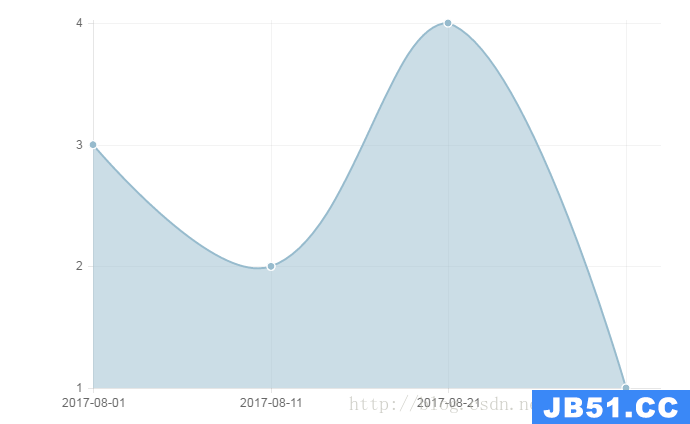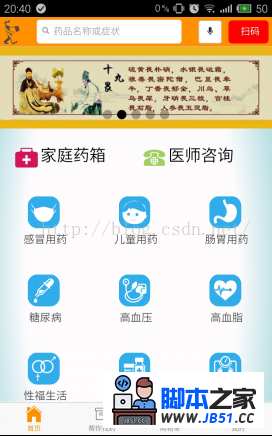我真正想要的是能够在父作用域中观察一个表达式。如果我能做到这一点,那么我可以完成我想在这里做的事:
AngularJS – How to render a partial with variables?
一个重要的注意事项是该指令必须在同一父范围内可重复使用。因此,默认行为(范围:false)不适用于我。我需要一个单独的范围每个指令的实例,然后我需要看一个变量,生活在父范围。
代码示例值1000个字,所以:
app.directive('watchingMyParentScope',function() {
return {
require: /* ? */,scope: /* ? */,transclude: /* ? */,controller: /* ? */,compile: function(el,attr,trans) {
// Can I get the $parent from the transclusion function somehow?
return {
pre: function($s,$e,$a,parentControl) {
// Can I get the $parent from the parent controller?
// By setting this.$scope = $scope from within that controller?
// Can I get the $parent from the current $scope?
// Can I pass the $parent scope in as an attribute and define
// it as part of this directive's scope deFinition?
// What don't I understand about how directives work and
// how their scope is related to their parent?
},post: function($s,parentControl) {
// Has my situation improved by the time the postLink is called?
}
}
}
};
});
总结:指令访问其父($ parent)作用域的方式取决于指令创建的作用域的类型:
> default(scope:false) – 指令不创建一个新的作用域,所以这里没有继承。指令的作用域与父级/容器的作用域相同。在链接功能中,使用第一个参数(通常是范围)。
> scope:true – 指令创建一个从父范围原型继承的新子范围。在父范围上定义的属性可用于指令范围(因为原型继承)。只需要注意写一个原始的scope属性 – 这将在指令范围上创建一个新的属性(隐藏/阴影同名的父作用域属性)。
> scope:{…} – 该伪指令创建一个新的隔离/隔离范围。它不会原型继承父作用域。您仍然可以使用$ parent访问父作用域,但这通常不推荐。相反,您应该使用=,@和& P指定指令所需的父范围属性(和/或函数)通过使用指令的同一元素上的附加属性。符号。
> transclude:true – 该伪指令创建一个新的“转录”子范围,它从父范围继承。如果指令也创建隔离范围,则转录和隔离范围是兄弟。每个作用域的$ parent属性引用相同的父作用域.Avular v1.3 update:如果指令也创建一个孤立作用域,被转义的作用域现在是孤立作用域的子作用域。被转换和隔离的范围不再是兄弟。被转义作用域的$ parent属性现在引用了孤立作用域。
您不能在指令的编译函数中访问作用域(如此处所述:https://github.com/angular/angular.js/wiki/Understanding-Directives)。您可以在链接功能中访问指令的作用域。
观看:
对于1.和2.上面:通常你通过属性指定指令需要哪个父属性,然后$ watch it:
<div my-dir attr1="prop1"></div>
scope.$watch(attrs.attr1,function() { ... });
<div my-dir attr2="obj.prop2"></div>
var model = $parse(attrs.attr2); scope.$watch(model,function() { ... });
对于3.上面(隔离范围),请使用@或=符号观察指定属性的名称:
<div my-dir attr3="{{prop3}}" attr4="obj.prop4"></div>
scope: { localName3: '@attr3',attr4: '=' // here,using the same name as the attribute },link: function(scope,element,attrs) { scope.$watch('localName3',function() { ... }); scope.$watch('attr4',function() { ... });





